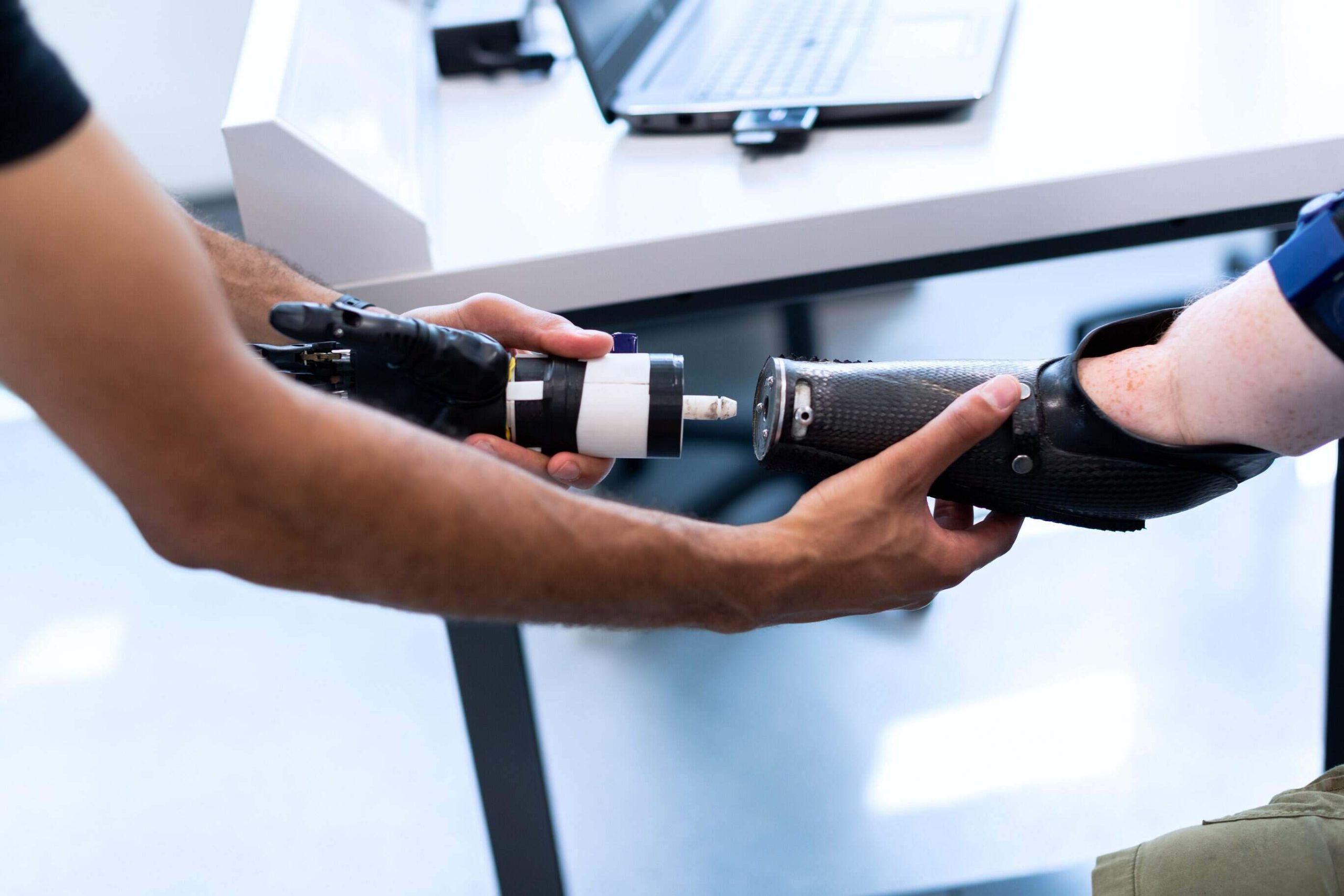
How to Imagine the Unknown: Choosing an Arm Prosthesis
When amputation happens, it is an un-ignorable event. After the surgery, the person learns how to be an amputee, they learn to conceptualize their altered body. This work belongs to the inner world of the amputee, their bodily experience, and to the attitudes and environment around them. Many amputees will adopt a prosthesis. However, the journey of choosing, training on, and incorporating a prosthesis into one’s practice and identity requires the amputee to imagine future bodily experiences and knowledge. Much of this imagining happens in unfamiliar and mediated settings: in doctors’ offices that are also hi-tech device shops, or in meetings with other prosthesis users. (read more...)


